The accrual and payment of customs payments are one of the most pressing issues related to the sphere of foreign economic activity. In most states, these funds are recognized as an important component of budget revenues. Accordingly, the collection of these amounts acts as one of the key functions of the customs authorities. 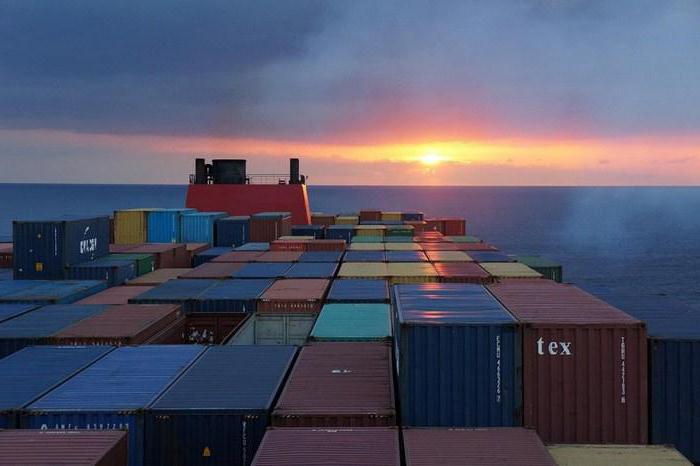
Essence of payments
Customs authorities carry out the calculation and collection of taxes, fees, duties. The economic importance of the latter lies in their use as a regulatory tool. Customs duty affects the competitiveness of domestic enterprises in the world market, the dynamics of the value of imported products sold on the Russian territory. The legal nature of the payment has been investigated in sufficient detail.
Meanwhile, the provisions of the legislation governing relations related to the establishment and collection of duties, and scientific views on the question of its nature conflict with each other. This is due to the fact that rulemakers have repeatedly changed their approach to determining the place and value of this payment. It is worth agreeing with the authors, who believe that the customs duty does not act as a tax, but is in a special position in the fiscal system. Obligations to pay rests with the entity claiming to exercise a certain right as an integral condition for providing the necessary legal opportunity. The deduction of duties is associated with the implementation of the movement of the object across the Russian border. 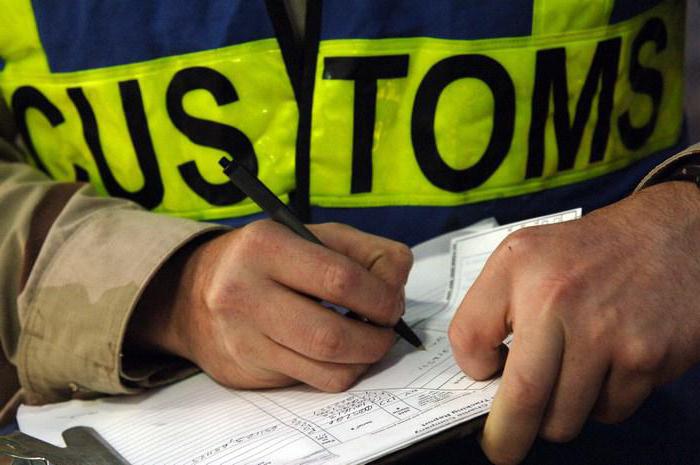
Key features
The main characteristics of the customs duty should include:
- Mandatory contribution. Moreover, the need to pay should not violate the constitutional right to free commercial activity.
- Retribution. In fact, the duty acts as a fee for providing the right to transport goods across the border.
- Lack of regularity. This characteristic is due to the fact that payment is charged only if the subject enters into the relevant legal relationship.
Important point
It is worth noting that the refund of the duty does not consist in the fact that the person who carries the goods across the border thus compensates the expenses of the customs authority. The collection of payments is not aimed at covering the costs of the state associated with the provision of this opportunity to move the object. Otherwise, the duty would be identified with the fee. Its value, in turn, is limited by the approximate price of services provided as part of the customs clearance, storage and escort of goods. 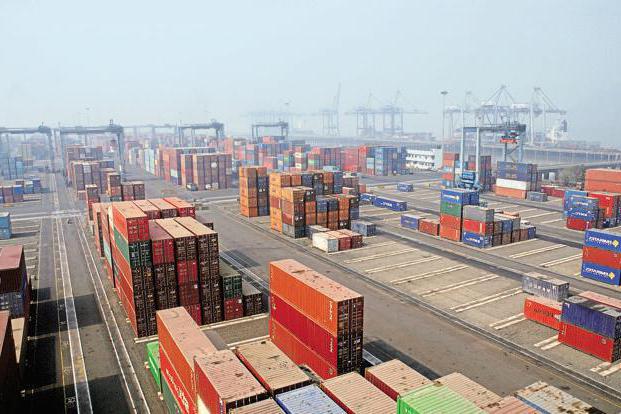
Subsidies and Countervailing Duties
In Russia, a system of customs duties has been established, which is regulated by industry legislation. The key direction in the development of regulatory provisions is the desire to bring national standards as close as possible to international standards established by the General Agreement on Trade and Tariffs of the WTO. It defines the concept of subsidies. She acts:
- Any financial impact of the state. This may be a direct transfer of funds to the enterprise, the provision of benefits and so on.
- State support for prices in any form. It is aimed at increasing exports of a certain category of products or reducing imports.
- Any kind of benefits that are a form of state financial assistance or state support for income and prices.
Neutralizing measures
The legislation in force in the Russian Federation reflects approaches generally accepted in international practice to reduce the negative impact of specific subsidies from foreign countries. Countervailing duties are applied if it is established that financial support instruments used by another country can cause economic damage to Russian producers, create such a threat or significantly slow down the development / creation of the industry when importing the corresponding products. Direct release of goods, their transportation or export may be subsidized. 
Features of the calculation
Countervailing duties are actually measures to protect domestic producers from the actions of foreign states. To establish their size, the amount of subsidy per unit (piece, ton, cubic meter, etc.) of the imported goods is calculated. The rules in accordance with which the corresponding indicator is determined are approved by the Government of the Russian Federation. When setting compensatory duties, the authorized bodies as a key concept thus use the specific subsidy of a foreign state.
Rules for establishing
Countervailing duties are introduced by decision of the competent authority. It, in turn, can be taken during the period of the specific subsidy of a foreign state. The rate, on the basis of which countervailing duties are calculated, should not be higher than the tariffs used by another country with the financial support of the income and prices of its producers, determined in relation to the unit of exported products. If subsidies are provided under various programs, their total amount should be taken into account. 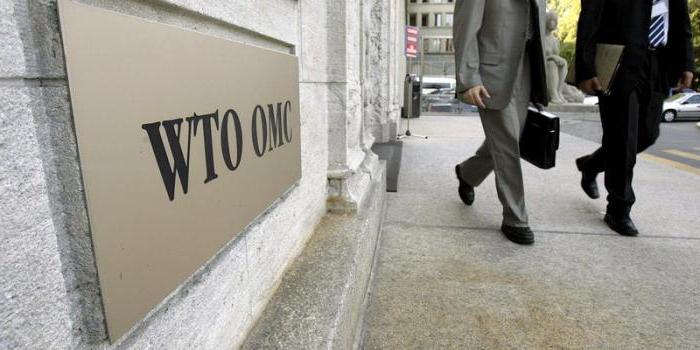
Validity
Countervailing duties are applied on the basis of a government decision during the period and in the amount necessary to neutralize or eliminate damage to the domestic economy that arose in connection with subsidized imports. Moreover, the maximum duration of this measure is limited by law. It must not be more than five years from the date the duty begins. The calculation of the period may also be carried out from the day when the decision to use this measure was last revised.
Countervailing Duties: Examples
It is worth noting that the practice of using neutralizing measures in Russia is not as extensive as in other countries. According to the Government Decision No. 791 of December 21, 2005, aimed at protecting the economic interests of enterprises manufacturing bars for reinforcing reinforced concrete structures, countervailing duties were established for the products imported from the territory of Ukraine until August 14, 2007. In pursuance of this order, the FCS Order No. 26 of 01/19/2006 was approved. According to the order of the service, customs authorities had to levy countervailing duties from 01/23/2006 until 13/08/2007 inclusive. The amount of the withdrawal amounted to 21% of the cost of production. 
Another use of neutralizing measures
The Ministry of Economic Development and Trade introduced a draft resolution, which provided for the introduction of a duty of 8.1% of the price of white sugar, but not less than 39.5 dollars per ton for three years. The establishment of such a tariff was dictated by the results of the investigation conducted by the Ministry of Economic Development and Trade in relation to the specified goods imported from Belarus. The events were launched on September 20, 2005. The investigation was authorized by the statement of the Union of Russian Sugar Producers. Its participants account for more than 80% of the total output of these products in the country.
The applicant sent materials on which, due to the import of Belarusian sugar, domestic production was significantly reduced. So, in 2004 it decreased by more than 21% compared to 2002. At the same time, the share of manufacturing enterprises decreased from 92.5% in 2002 to 88.8% in 2004.Prices of imported Belarusian sugar were 10.3% lower than the cost of production on the Russian market. At the same time, the share of foreign deliveries increased to 7.6% (from 5%). As a result, sugar imports from Belarus totaled in 2002-2004. an average of 67.6% of the total imports of this product into the country. Thus, in order to protect the domestic manufacturer, the Union of Manufacturers sent a request to the Ministry of Economic Development. 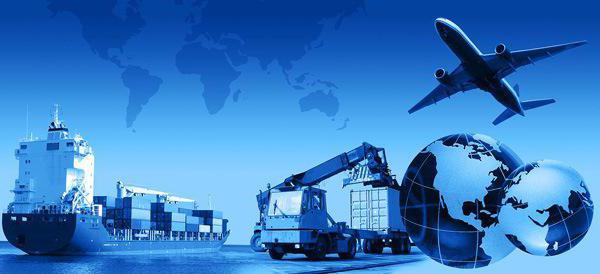
Objectives of neutralizing measures
Like other types of special customs payments, countervailing duties are designed to protect the domestic economy and Russian producers. They are not aimed at generating fiscal profit. In other words, by establishing countervailing duties, the state does not intend to replenish the revenue side of the budget. It seeks to provide the main protective function of non-tariff regulatory measures in the implementation of foreign trade by subjects. In this regard, the rates of countervailing duties may be lower than the specific subsidy applied by a foreign state if such a tariff is sufficient to neutralize damage to a particular industry.
This circumstance acts as one of the arguments confirming the penal nature of the protective methods used and distinguishing the measure under consideration from other regulatory instruments. In particular, we are talking about export and import duties charged and levied by customs authorities. Of course, neutralizing measures are of great practical importance in resolving the issue of support for Russian manufacturers. A thorough analysis of the situation is necessary to introduce countervailing duties. That is why, as an indispensable condition for their establishment, an investigation is being conducted by the Ministry of Economic Development.



